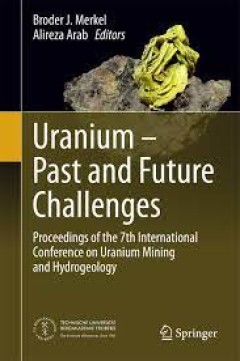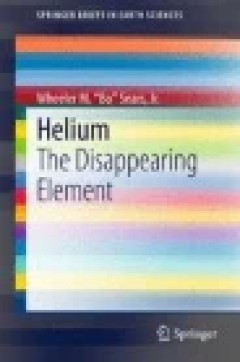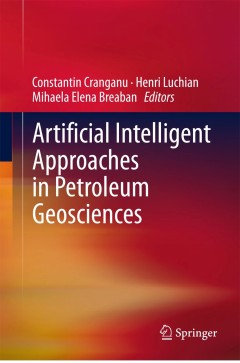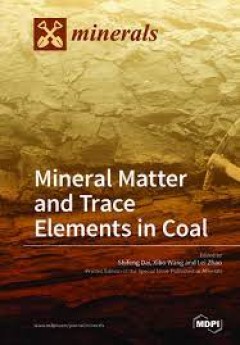Filter by

Uranium - Past and Future Challenges Proceedings of the 7th International Co…
This book is the collection of papers from the latest International Uranium Mining and Hydrogeology Conference (UMH VII) held in September 2014, in Freiberg, Germany. It is divided to five sessions: Uranium Mining, Uranium and Phosphates, Clean-up technologies for water and soil. Uranium and daughter nuclides and basic research and modeling. Each session covers a wide range of related topic and…
- Edition
- -
- ISBN/ISSN
- 978-3-319-11059-2
- Collation
- -
- Series Title
- -
- Call Number
- -

Helium The Disappearing Element
The subject of the book is helium, the element, and its use in myriad applications including MRI machines, particle accelerators, space telescopes, and of course balloons and blimps. It was at the birth of our Universe, or the Big Bang, where the majority of cosmic helium was created; and stellar helium production continues. Although helium is the second most abundant element in the Universe, i…
- Edition
- 1
- ISBN/ISSN
- 978-3-319-15122-9
- Collation
- XIII, 138
- Series Title
- SpringerBriefs in Earth Sciences
- Call Number
- 641 WHE h

Artificial Intelligent Approaches in Petroleum Geosciences
This book presents several intelligent approaches for tackling and solving challenging practical problems facing those in the petroleum geosciences and petroleum industry. Written by experienced academics, this book offers state-of-the-art working examples and provides the reader with exposure to the latest developments in the field of intelligent methods applied to oil and gas research, explor…
- Edition
- Ed. 1
- ISBN/ISSN
- 978-3-319-16531-8
- Collation
- XII, 290
- Series Title
- -
- Call Number
- 006.3 ART a

Arming the Confederacy: How Virginia’s Minerals Forged the Rebel War Machine
This is a fresh look at the American Civil War from the standpoint of the natural resources necessary to keep the armies in the field. This story of the links between minerals, topography, and the war in western Virginia now comes to light in a way that enhances our understanding of America’s greatest trial. Five mineral products – niter, lead, salt, iron, and coal – were absolutely essen…
- Edition
- Ed. 1
- ISBN/ISSN
- 978-3-319-14508-2
- Collation
- XV, 206
- Series Title
- -
- Call Number
- 549 WHI a

Mineral Matter and Trace Elements in Coal
Minerals are very significant components of coal from both academic and practical perspectives. Minerals may react when the coal is burned, either forming an ash residue, or, in many cases, releasing volatile components, or being needed to be removed as slag from the blast furnace during metallurgical processing. Minerals in coal can also be a source of unwanted abrasion, stickiness, corrosion,…
- Edition
- -
- ISBN/ISSN
- ISBN 978‐3‐03842‐623‐3
- Collation
- -
- Series Title
- -
- Call Number
- 553.24 DAI m
 Computer Science, Information & General Works
Computer Science, Information & General Works  Philosophy & Psychology
Philosophy & Psychology  Religion
Religion  Social Sciences
Social Sciences  Language
Language  Pure Science
Pure Science  Applied Sciences
Applied Sciences  Art & Recreation
Art & Recreation  Literature
Literature  History & Geography
History & Geography